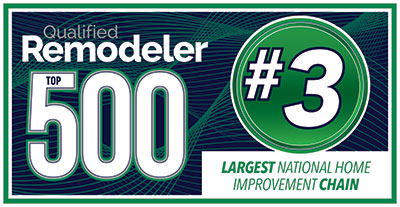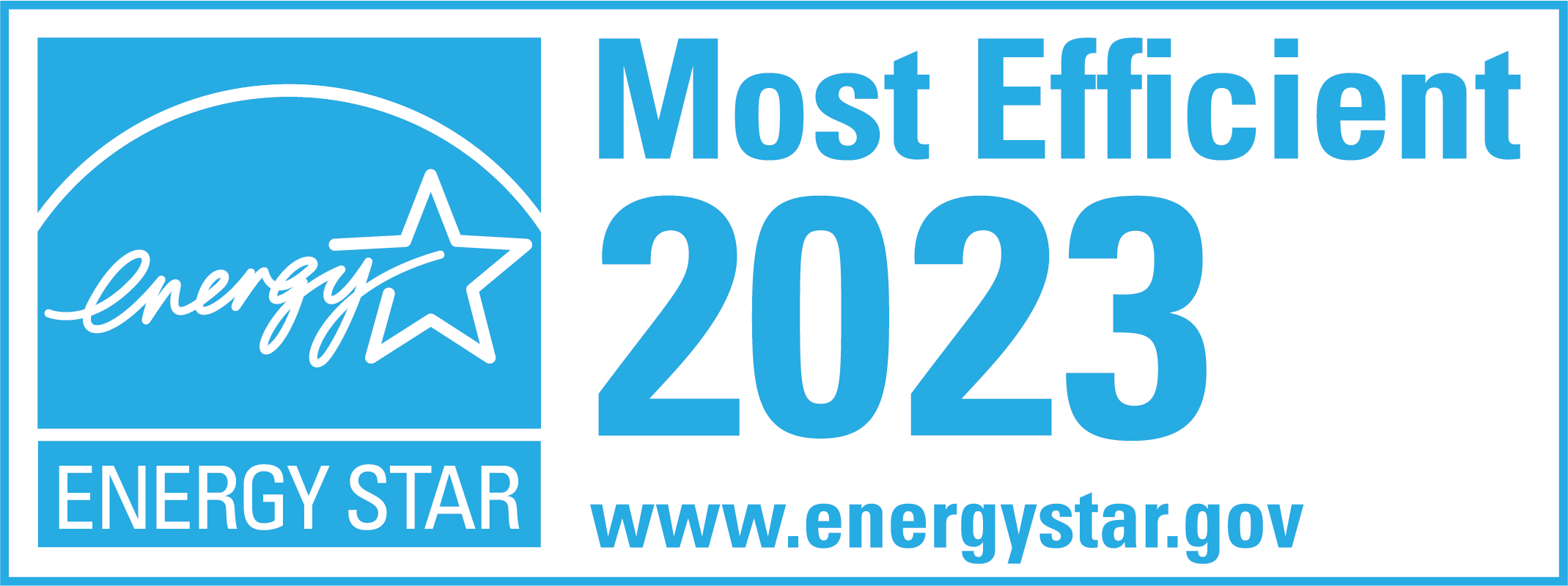Which Is More Energy Efficient: Single-Hung or Double-Hung Windows?
When embarking on the journey of window replacement or considering the window options for a new construction, homeowners are presented with a variety of choices, among which the decision between single-hung and double-hung windows stands prominent. These window styles are not only popular for their aesthetic appeal but also for the different benefits they bring to the table, particularly in the realm of energy efficiency. This comprehensive discussion delves into the nuances of these two window types, outlining their advantages, disadvantages, and the pivotal factors that influence their energy efficiency, all aimed at equipping you with the knowledge to make a well-informed decision.
Understanding the Difference
The core difference between single-hung and double-hung windows is rooted in their operational mechanisms. Single-hung windows are characterized by a stationary upper sash coupled with a movable lower sash, permitting ventilation exclusively through the lower portion. Conversely, double-hung windows offer a more versatile functionality, with both upper and lower sashes being operable, thus enhancing ventilation possibilities and simplifying the cleaning process.
Single-Hung Windows: Pros and Cons
Advantages
- Affordability: Single-hung windows are generally more cost-effective than their double-hung counterparts, offering a financially accessible option for many.
- Enhanced Insulation: The limited moving components in single-hung windows can lead to superior insulation capabilities, as the potential for air infiltration is minimized, bolstering their energy efficiency.
Disadvantages
- Ventilation Limitations: The single operable sash restricts airflow, making single-hung windows less effective in facilitating full ventilation.
- Cleaning Challenges: The immovable upper sash makes it difficult to clean the outside surface, particularly for windows located on higher levels.
Double-Hung Windows: A Closer Look
Advantages
- Superior Ventilation: The ability to open both sashes of double-hung windows promotes enhanced air circulation, providing a significant advantage in ventilation.
- Convenience in Maintenance: The design of double-hung windows allows for both sashes to tilt inward, enabling effortless cleaning of the exterior from the inside.
Disadvantages
- Increased Expense: The added complexity and features of double-hung windows result in a higher price tag.
- Energy Efficiency Considerations: The presence of more operable parts may lead to increased air leakage over time, though advancements in window technology have greatly reduced this concern.
Energy Efficiency: Key Factors
Evaluating the energy efficiency of windows involves considering various elements, including the material of the frame, the type of glass used, and the overall design of the window. High-quality windows often incorporate features such as double or triple glazing, low-emissivity (low-E) coatings, and inert gas fills between panes to minimize heat transfer. The efficiency of a window is also significantly influenced by its ability to maintain a tight seal when closed, preventing unwanted air exchange.
Comparative Analysis: Single-Hung versus Double-Hung Windows
In the domain of energy efficiency, single-hung windows might possess a slight advantage owing to their reduced number of movable parts, which can diminish the likelihood of air infiltration. Nonetheless, the disparity in energy efficiency between single-hung and double-hung windows may not be markedly significant with contemporary windows designed with energy conservation in mind. Therefore, when choosing between the two, it’s essential to weigh additional factors such as budget constraints, aesthetic preferences, ventilation needs, and maintenance ease. Moreover, technological advancements have introduced innovative features to both window types, such as improved weatherstripping, thermal breaks, and more efficient glazing options, which serve to bridge the gap in energy efficiency. These innovations underscore the importance of not solely relying on the operational style as an indicator of energy efficiency but considering the overall quality and specific features of the window.
Beyond Energy Efficiency: Other Considerations
While energy efficiency is a paramount concern, it’s crucial to also consider the impact of window choice on the overall comfort and usability of your living space. For instance, the enhanced ventilation offered by double-hung windows can be a boon in climates that experience hot summers, promoting air flow and reducing reliance on air conditioning. Similarly, for families with young children, the ability to open just the upper sash of double-hung windows can provide a safer ventilation option without increasing the risk of falls. The aesthetic alignment of the window style with your home’s architectural design is another significant factor. Single-hung windows, often seen in traditional or historic homes, can offer a classic look, while double-hung windows provide a versatile option that can complement a wide range of home styles.
Making the Best Choice
In conclusion, the decision between single-hung and double-hung windows transcends simple energy efficiency comparisons. It encompasses a holistic view of cost, design, functionality, and the specific needs of your home. It’s advisable to consult with window installation professionals who can provide insights into the best options for your situation, considering environmental factors, your home’s architectural style, and your personal preferences for ventilation and maintenance ease. Additionally, considering windows with Energy Star ratings can ensure that regardless of the style chosen, they will contribute to your home’s overall energy efficiency and comfort. Remember, the initial investment in high-quality, energy-efficient windows can yield long-term savings on heating and cooling costs, enhance indoor comfort, and increase the value of your property. Ultimately, whether you opt for single-hung or double-hung windows, the key is to balance aesthetic considerations with practicality and energy performance to select the best option that aligns with your lifestyle and home improvement goals.
Get Energy Efficient Windows You’ll Love with the Experts at Window Depot USA of Eastern Iowa
A Window Depot USA of Eastern Iowa we provide premium quality, high performance, energy-efficient vinyl, high-end composite, exceptional fiberglass, or real wood replacement windows available in styles, options, and colors to suit your needs and your budget. Our Signature Series Triple Pane Windows’ advanced features provide increased energy efficiency, condensation resistance and long-term savings. We provide free estimates to assess your situation, provide education on the options available to you, provide product samples, explain the installation process for you, tell you about our warranties, and give you an accurate quote for your project. Contact us today!






